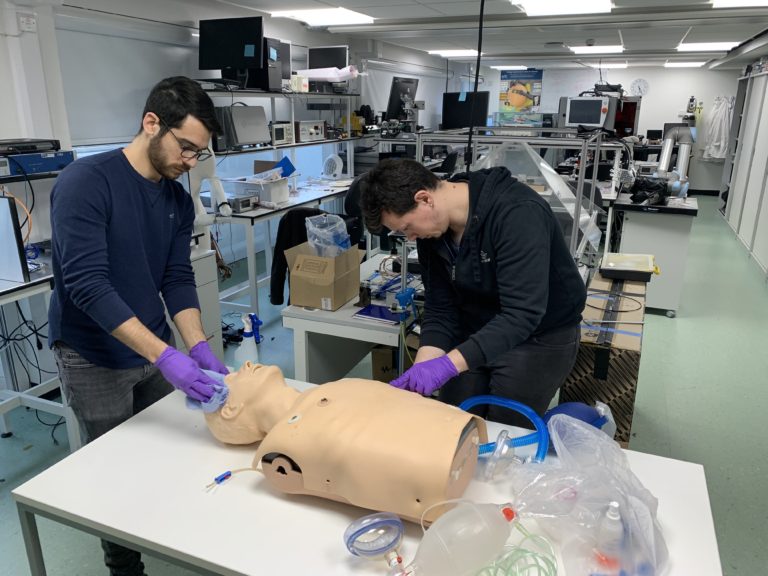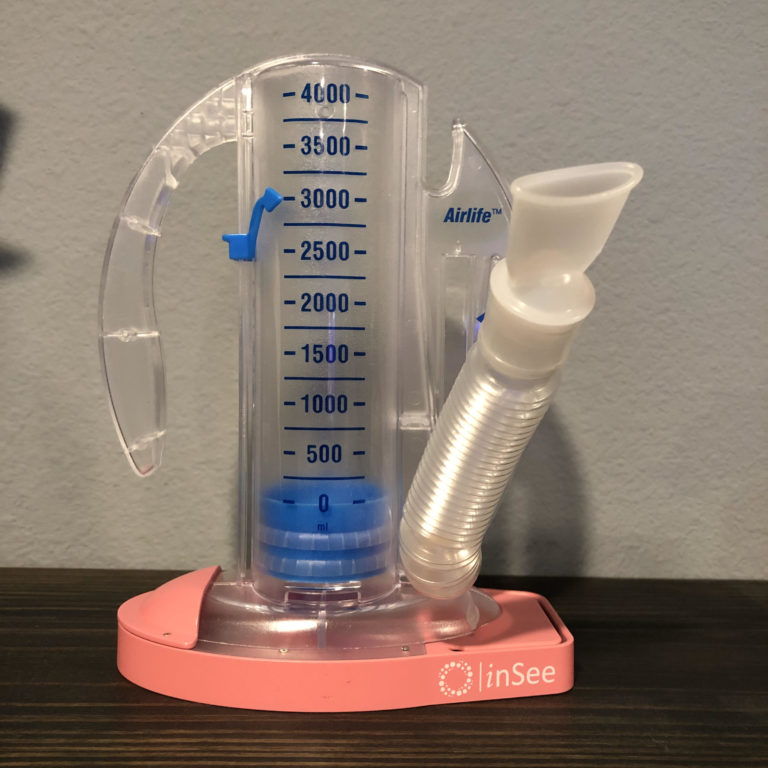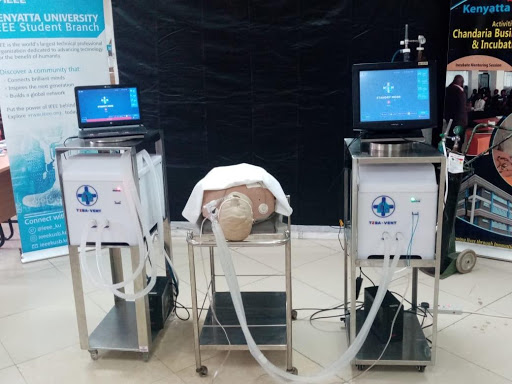With the global advent of the unprecedented Coronavirus (COVID-19) pandemic, the countries closed their borders as the World Health Organization declared a public health emergency alert. While the worldwide spread overwhelms the healthcare systems, neither the treatment nor the vaccine is yet in the market for fast-moving coronavirus disease. Innovative engineering technology solutions have been developed to assist the health workforce in accelerating the patient treatment and towards safer screening to fight against COVID-19.
IEEE technologists and scientists around the world are pushing hard to develop new technologies to support frontline workers during the COVID-19 pandemic. This article discusses some recent low-cost, simplified versions of critical medical equipment developed by IEEE community for the treatment and tracking of the disease. As the disease progresses, breathing can become difficult by causing a reduction in oxygenated haemoglobin. The patients need machine-assisted breathing to avoid deterioration.
Ventilators are invasive critical care devices that support respiration by getting oxygen into the lungs and removing carbon dioxide. Mechanical ventilation delivers oxygen to the patient’s airway and rescues the patient requiring respiratory support as a result of infection with COVID-19. Globally, hospitals have been facing a severe shortage of ventilators that can provide supplemental Oxygen for patients with severe respiratory distress.
Ravinder Dahiya, an IEEE Fellow penned a DIY explainer to speed up on emergency ventilators. This GlasVent interim ventilator supplies air to the artificial lungs of a mannequin. The GlasVent can be operated manually by someone with little to no medical experience but is meant to be used for short periods only—up to a few hours. The attributes of these initiatives are their fast deployment, scalability, simple assembly, compact size, and low cost. These rapidly scalable, low-cost emergency ventilators (EVs) are an attractive and affordable alternative in many resource-poor settings. In low- and middle-income countries that lack costly mechanical ventilators, an EV may be a patient’s only option.

Adamos Christou (left) and Markellos Ntagios (right) testing the GlasVent on a medical dummy.
Hadi Moradi, an IEEE senior member is developing a low-cost and easy-to-build automatic Ambu or ventilator to treat COVID-19 patients. The basis of the technology consists of a mechanism that pumps the required volume of air into the patient’s respiratory system at a given rate. They have already demoed their design to the FDA and will be improving their design further towards betterment. The scientist’s target is the automation of a cost-efficient open-source design for large-scale and rapid prototyping.
Farid Farahmand, another IEEE Member is a part of Tidal Medical Technologies contributing to InSee, an auxiliary device that attaches to an incentive spirometer (medical device to measure the patients’ air volume as they inhale and exhale into the device) and monitors patients’ breathing therapy to track if there is any respiratory distress. By adding InSee to existing incentive spirometers, hospitals will be able to record, monitor, and evaluate patient’s respiratory exercises as well as remind and encourage the patient to use the device if InSee detects a low level of activity. This will also minimize contact between patients and providers and reduce the risk of transmission of the coronavirus. The design is ready to use for clinical trials.

Ready-to-use prototype of Insee, a respiratory distress tracker by Tidal Medical Technologies
Mohamed Ishag, an IEEE Member has teamed up with his peers to develop a ventilator that can support up to 20 patients at once using 3D printing technology. The air which the patients exhale passes through a separate valve to be either recycled or released into the environment after being sterilized with a UV light. A 3D-printed ventilator potentially serves as a manual resuscitator and bridges the universal gap of machine-assisted respiratory support for COVID-19 patients.
Nairobi IEEE Students in Kenya have formed a ventilator team, led by Fidel Makatia Omusilibwa, and developed a low-cost ventilator prototype to address the shortage of mechanical ventilators to combat COVID-19. The project team, which includes 15 students from the university’s schools of engineering, medicine, and other disciplines, have also received support from their faculty and the university towards realizing a functional prototype. As most of the required materials are acquired locally in Kenya and assembled inside the university laboratory, this ventilator is very cost-effective.

Low-cost mechanical ventilator developed by Nairobi-based team to address the shortage
IEEE Rio de Janeiro Section have launched the Engineers Assisting Ventilator Maintenance project in sponsorship with the IEEE Humanitarian Activities Committee, the IEEE Special Interest Group on Humanitarian Technology and the Rio de Janeiro State Health Department. They realized there are not many professionals available to repair the ventilator equipment in a short time and started this maintenance project due to the large demand for machines. With a multidisciplinary team of volunteers and industry partners, the maintenance hub performs equipment maintenance, test management, equipment care and safety.
There has been a surge in the demand for medical equipment for machine-assisted breathing and other critical care devices for reliable monitoring of disease progression. The volunteers around the globe are giving their best to alleviate infected patient distress. You may also roll up your sleeves and do your share of effort to bring new dimensions in this technology.
Here are a few open-source designs if you like to learn more, or get started with one by yourself:
MIT Emergency Ventilator Design Toolbox
OP-Vent: A Simple, Open-Source Ventilator using a Proportional Solenoid Valve
Emergency hand-replacement ventilator by CDAM Lab
This article is aimed at highlighting the COVID-19 response by the IEEE community inline with our objective of advancing technology for humanity. Stay tuned for the next article!

Article contributed by Noor E Karishma Shaik, Editor, IMPACT by IEEE Young Professionals






